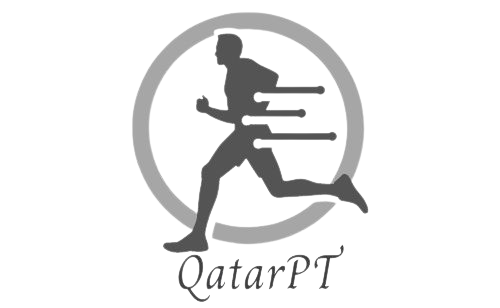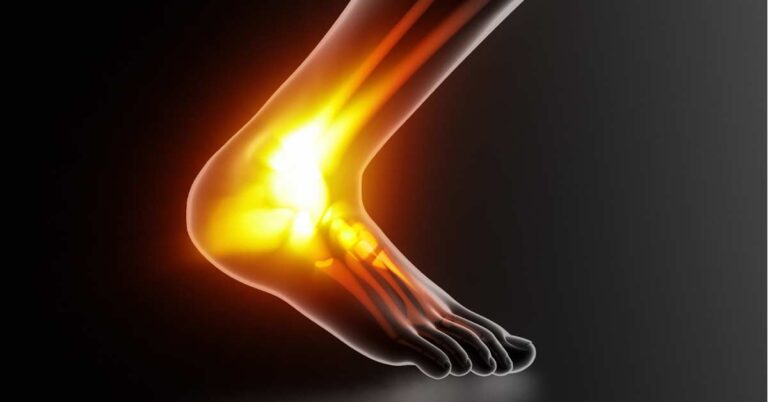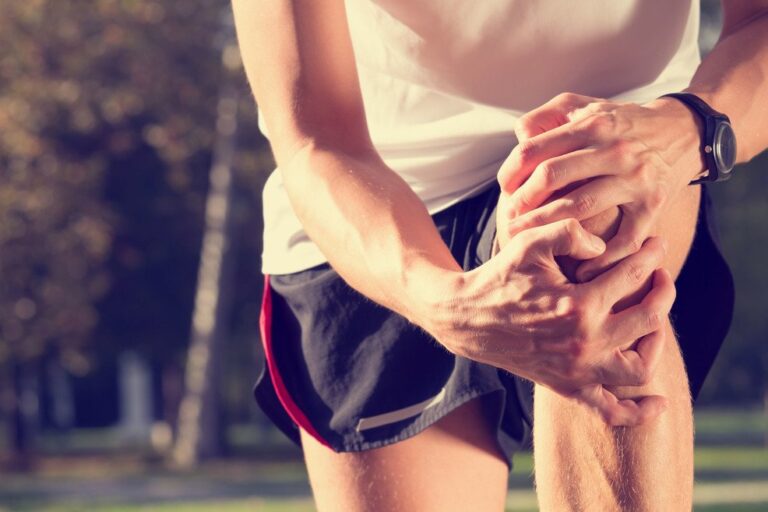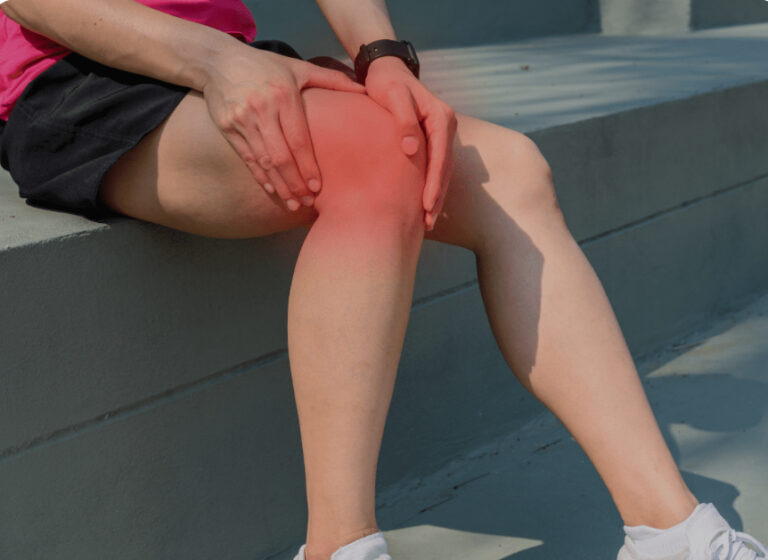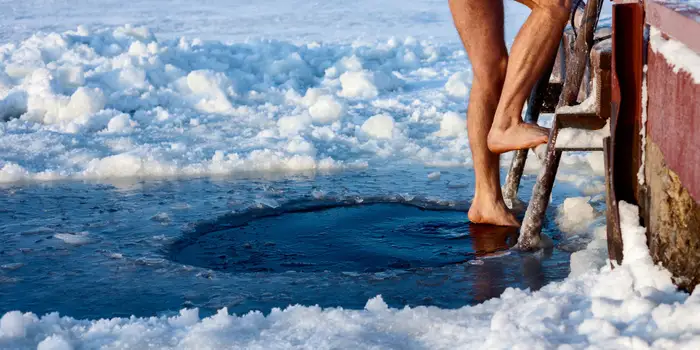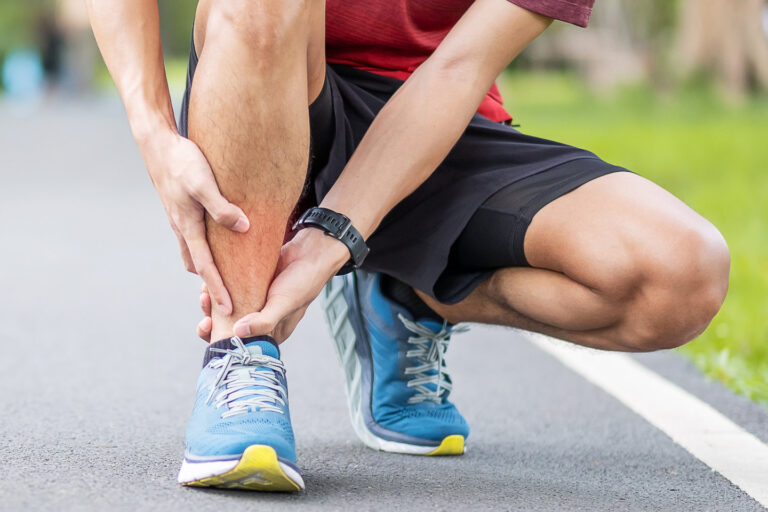Patellofemoral Pain Syndrome: ‘Runner’s Knee’
Patellofemoral Pain Syndrome: ‘Runner’s Knee’
Knee pain is a very common injury in runners. There are many different causes to knee pain in runners so it is important to understand how to separate one cause from another.
What is Runner’s Knee?
The pain in ‘runner’s knee is around your knee cap (patella). It often presents as a dull ache. The patella can be tender to touch and you may experience a rubbing, grinding or even clicking sound when flexing and extending the knee. Pain often worse when walking down the stairs or downhill.
Causes
- Running technique: when we run and fall into a valgus position due to weak gluteus muscles or muscle fatigue, more strain is put on the anterior knee structure and the patella can be pulled (tracking) in a non-linear way which then results in friction, inflammation and pain. Running technique can also be affected by muscle and tendon tightness.
- Patella Malalignment
- This is when the patella is not moving in the correct way. The patella should slide through the trochlear groove but sometimes it is pushed out to one side of the groove when the knee is bent which causes irritation and pain to surrounding soft tissue.
- Causes of Poor tracking of the patella:
- Alignment problem of the legs between the hips and ankles e.g Valgus position. Kneecap then shifts too far toward the outside of the leg. Weak glutes can contribute to Valgus position.
- Muscular Imbalance or Weakness: especially in the Quadriceps muscles (front of the thigh). When the knee bends and straightens the quadriceps muscles and tendons help to keep the knee cap in the right place within the trochlear groove. However, if there is a weak or an imbalance of the Quadriceps this can result in poor tracking of the kneecap within the groove.
- Muscle tightness:
- Hamstring
- Quadriceps
- Calf muscles
- Overpronation: Poor foot support or tendency to pronate (foot rolls down and inwards when you walk/run)
- Excessive training or overuse
- Doing a lot of high intense exercise or increasing training load to quickly may bring this on.
- Trauma: A direct hit or blow to the knee e.g falling onto the knee
Diagram showing multiple causes.
Symptoms
- Pain around the front of the knee especially when repeated bending knee: running, climbing stairs, jumping, or squatting.
- Worsening pain after sitting for a long period of time with knees bent.
- Pain with change in activity level/intensity, playing surface or equipment.
- Popping or crackling sounds in knee when climbing stairs or when standing up after prolonged sitting.
Diagnosis
- Can be diagnosed by a doctor examining you.
- Xray or other imaging is often not needed.
- If more complex causes suspected then Xray or MRI may be required.
Treatment
- Most cases the pain will settle on its own with time but to speed up recover and to correct some of the causes you can try:
- Rest: I would recommend active recovery to maintain fitness. Avoid doing things that aggravates the pain but if you can use the gym, do aqua-jogging etc then any exercises that does not make the pain worse is ok.
- ICE: this will help to reduce pain and swelling by reducing the inflammation. Try to Ice regularly for 20-30min 2-3 times a day for 3-4 days.
- Wrapping/taping: this can also help as it supports the knee. Specific patella taping can really help if the knee cap if tracking.
- Anti-inflammatory gels: put this around the area of pain 3x/day for a week to again reduce the inflammation
- Correct your shoes: get assessed to see if you are overpronating as this may be the cause of your problem
- Strength work: strengthen up weak areas especially Gluteus medius, Quadriceps and hamstrings
- Stretching: make sure your hamstrings, quadriceps, calf muscles are not tight.
Prevention
- Wear appropriate shoes, make sure you do not overpronate!
- Ensure good warm up and stretching before your sessions
- Stretching and Flexibility exercises for Quadriceps and Hamstrings should be apart of your warm-up and cool down routine.
- Increase training load gradually
- Strength work: make sure you strengthen up your Glutes and Quadriceps.
